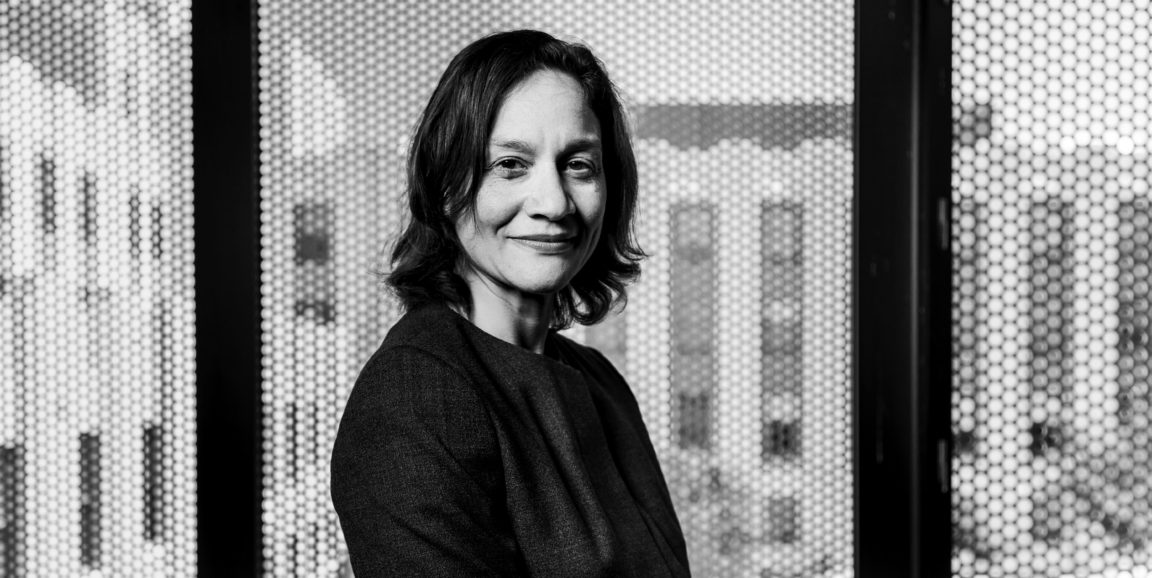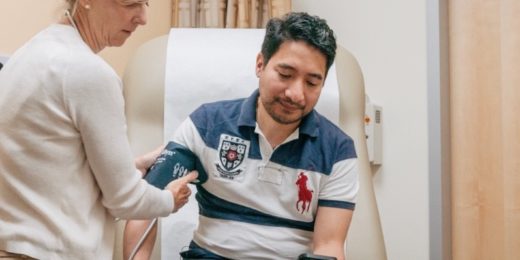Megan Mahoney, MD, is the kind of doctor that you'd want in your corner. She's warm and generous with her time. She listens deeply and remembers what you say. And despite the demands of her position as Stanford Medicine's chief of general primary care, she sends thank you emails and takes the opportunity to recognize her colleagues, staff and patients.
Over several interviews, we discussed what motivates Mahoney's quest to redesign primary care -- work that led to the Humanwide project which is featured in the latest issue of Stanford Medicine magazine. As I wrote in the piece:
The yearlong pilot, which concluded in December, involved 50 patients and demonstrated a new approach to primary care, using information from genetic screenings, at-home digital monitoring devices and detailed wellness assessments to address current health concerns and lessen future risks.
Mahoney spearheaded Humanwide, building on an earlier effort from Stanford Medicine to improve the efficiency and effectiveness of primary care by reconfiguring provider teams.
She told me that her passion for revamping the primary care experience stems from her underlying philosophy about patient-provider relationships. This conviction took shape over time, beginning when she was 11, as she watched her older sister grapple with multiple sclerosis after a diagnosis at age 16.
"Her care was very disparate. It was not coordinated: We were on the hook for so much of the coordination. And we were not knowledgeable," Mahoney said. "She did not have a medical ally -- somebody who was going to walk that journey with her... When I see a patient, I like to say that 'it's an honor to walk this journey with you.'"
That shared journey involves all of the different types of needed health care, and depends on a trusting, long-term relationship of mutual respect, Mahoney told me: "The patient's preferences and their goals become the center of the plan for them in their care."
Her blueprint came to life in Humanwide, where patients discussed their personal health goals with their care team and devised ways to achieve them. The project also compiled a mountain of data from a variety of sources to anticipate future health concerns and nip them in the bud -- an aim in line with Stanford Medicine's Precision Health vision.
The article follows patient Eugene Celis as he works with Mahoney and the rest of his care team to lessen his risk of cardiovascular disease.
Though Humanwide has ended, Mahoney is exploring ways to integrate its elements into care for patients with varying levels of health.
As she said in the article:
With Humanwide, we're able to focus on the whole human: who they are when they're working, who they are when they're playing, who they are when they're at home... I feel like this is just the beginning of where medicine will be going.
Photo by Brian Smale






